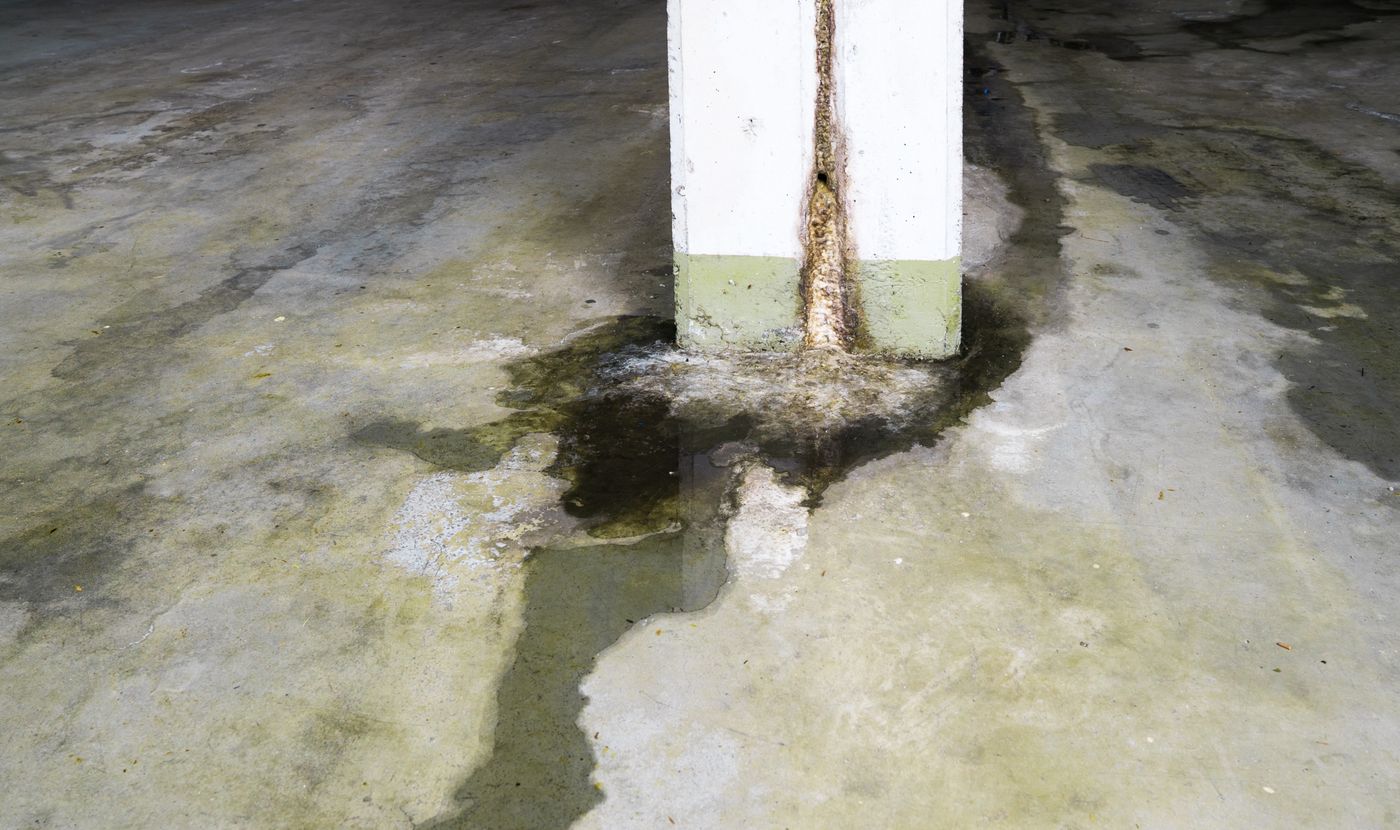There are several reasons why rain can lead to mold growth in a home or building. Here are a few:
Water leaks or flooding: If rainwater is able to enter a building through leaks in the roof, windows, or walls, it can cause water damage and create conditions that are conducive to mold growth.
High humidity: Rain can also lead to increased humidity in a home or building, which can contribute to mold growth. High humidity can occur if rainwater is not able to evaporate or drain properly, or if a building has poor ventilation.
Poor drainage: If rainwater is not able to drain away from a building properly, it can accumulate and create damp conditions that are favorable for mold growth.
Poor maintenance: If a building is not properly maintained, it may be more susceptible to water damage and mold growth. For example, if gutters are clogged or not functioning properly, rainwater may not be able to drain away from the building, leading to mold growth.
Preventing mold growth after a rain event requires identifying and addressing the source of the water problem, properly ventilating the space, and drying any wet materials as quickly as possible. It is also important to regularly maintain and repair any areas of the building that are prone to water damage, such as the roof and gutters.

